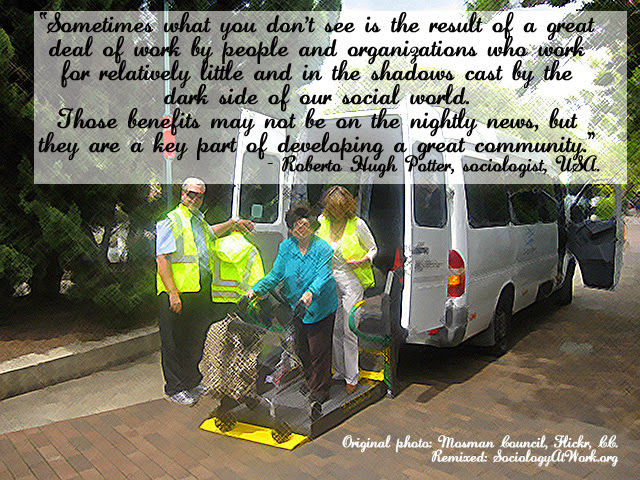
This comic by xkcd is a great conversation starter for the sociology of moral panics. In 1871, Sunday Magazine lamented the lost art of letter writing. They bemoan the fact that as it becomes cheaper to write and send letters, people value “quality” letter writing less. This is seen to be to the detriment of society. The proliferation of letter writing evolves as new technologies make paper, ink and postal services more available to the masses.
The rest of the comic charts excellent examples from prestigious books, journals and professionals fretting about how technology changes the quality of human communication. We see these arguments continue today as some traditional media owners and some intellectuals decry the advent of social media and blogging, as well as how the internet in general supposedly ruins our collective intelligence. A couple of years a go, I wrote about how philosopher Edward De Bono said social media causes laziness.
What is at play behind these arguments is actually a moral panic about the control of cultural capital: technologies shift power over who controls information (in Marxist terms, the owners of the means of production). Technology doesn’t drive social change as it’s not some overpowering social force that we accept mindlessly. Instead, social relations change in response to people finding new uses for technology, and this is a feed back loop that pushes innovation in communications.
Take a look at the expanded comic and see what you think.




